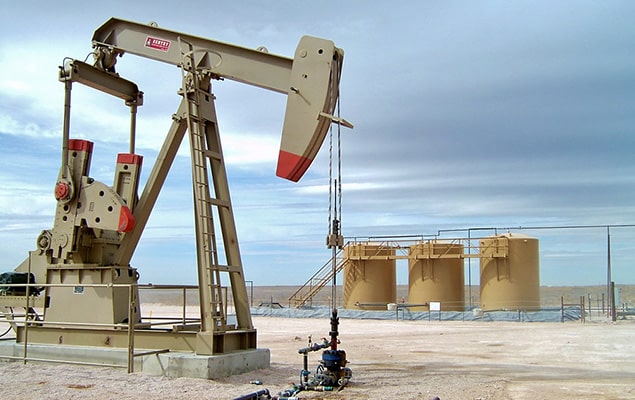FERC Slashes Five-Year Oil Pipeline Index Level for Oil Pipeline Rates

The Federal Energy Regulatory Commission on Jan. 20 issued a decision lowering its oil pipeline price index, returning to its prior policy of calculating the level using the middle 50 percent of pipeline cost changes. The decision revises a December 2020 order, which based the calculation on the middle 80 percent of pipeline cost changes for the period of 2014-2019. The index, which is reset every five years, governs the prices that pipeline operators may charge for transporting products on their pipelines.
FERC in Dec. 2020 set the level at the year-over-year change in the Bureau of Labor Statistics’ producer price index for finished goods (PPI-FG) plus 0.78 percent, for a five-year period from July 1, 2021 to June 30, 2026. FERC now has cut that level to the PPI-FG minus 0.21 percent and directed oil pipelines to recompute their tariff ceiling levels based on the new index level, to be effective March 1, 2022. The commission has directed oil pipelines with rates that exceed the recalculated ceiling level to submit tariffs that comply with the new rate within 30 days of the effective date.
The new ruling will reduce the per-mile rates that big US crude pipeline operators can charge customers for regulated interstate service. FERC Chairman Richard Glick said the original rates would have given a windfall to oil pipeline operators and the update to the five-year-old index will bring savings for customers. The new level is estimated to save ratepayers about $3.7 billion over the 2021-2026 period.
The Association of Oil Pipelines (AOPL), whose members include most major U.S. midstream companies like Magellan Midstream Partners, Plains All American, and Enterprise Products Partners, said it was deeply concerned with the decision. FERC’s revision of its oil pipeline rate index to not keep up with inflation or reflect actual pipeline costs threatens to force a pullback of pipeline services in newly uneconomic locations and “now is not the time to hurt energy reliability or availability,” according to the association. “Pipeline costs with their maintenance and safety operations are increasing faster than inflation,” AOPL added.
EnerKnol Pulses like this one are powered by the EnerKnol Platform—the first comprehensive database for real-time energy policy tracking. Sign up for a free trial below for access to key regulatory data and deep industry insights across the energy spectrum.
ACCESS FREE TRIAL